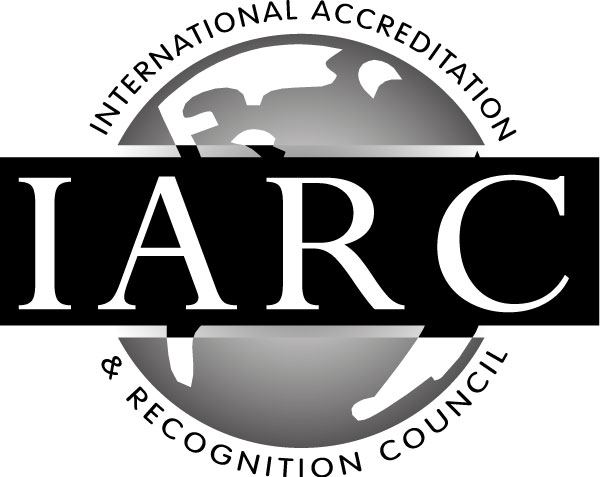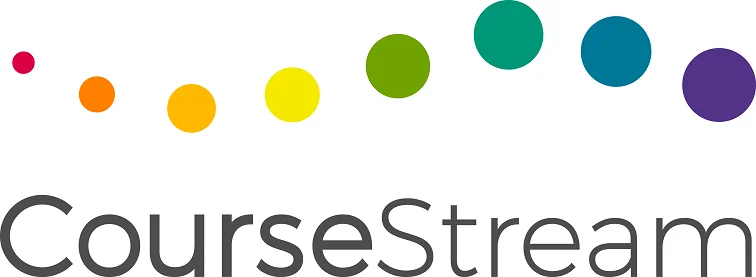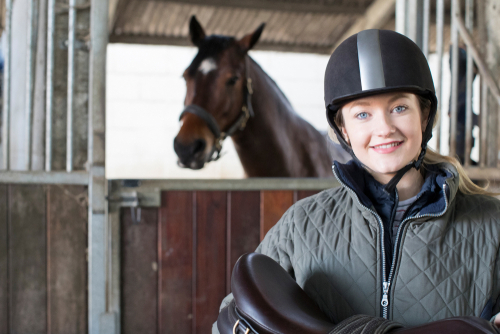Equine Herd Health Management
Do you want to learn how to manage a herd of equines’ health? Do you want to understand how horses get diseases and how to prevent them? This online equine herd health management course may just be the one you are looking for!
This course provides a study of equine health management and disease prevention. Lessons will include discussions on the principles of disease and disease transmission, as well as normal health parameters and signs of disease in horses. Additional topics to be presented include common infectious diseases, considerations for effective vaccination programs, parasite control and management, digestive system disorders and miscellaneous diseases affecting the skin and respiratory system. The course concludes with discussions regarding wound management and first aid.
Course Aims
- Analyse the feeding requirements and feeding techniques available for horse husbandry
- Develop a stable management program for horses
- Explain the management procedures necessary to fulfil the bedding requirements of horses
- Explain the management and care of horses feet
- Implement management procedures for the conditioning of horses
- Describe the procedures used for managing the tack requirements of horses
- Explain the management, including design and applications of facilities used in the horse industry
Course Structure
There are 7 lessons in this course:
- Feeds
- Roughage
- concentrates
- roots
- green feeds and succulents
- tempters and tonics
- salts
- feeding for special purposes
- Stabling
- Three ways to keep horses
- combined systems
- stalls
- stables/looseboxes
- barns
- stable layout
- feed rooms
- tack rooms
- the medicine chest
- stable routine
- stable tricks and vices
- Bedding and Mucking Out
- reasons for bedding
- bedding qualities
- bedding types
- choosing a system
- tools needed for mucking out
- mucking out
- bedding down
- managing the bed
- conserving bedding
- comparing bedding
- the muckheap
- The Foot and Shoeing
- foot structure
- trimming
- advantages and disadvantages of shoeing
- signs that shoeing is required
- the farrier’s tools
- how the horse is shod
- what to look for in a newly shod hoof
- basic shoes
- surgical shoeing
- studs.
- Exercise and Conditioning
- the difference between exercise and conditioning
- soft and hard condition
- exercising a horse
- the fittening schedule
- principles of fittening
- maintaining fitness
- Tack and Tack Fitting
- principles of bitting
- the mouth
- types of bits
- where the bit acts
- fitting the saddle
- causes of sore backs
- care of the back when unsaddling
- saddle types
- girths
- saddle cloths and numnahs
- tack cleaning
- Horse Facility Design
- Farm layout
Enrol Now
- Experienced Tutor support
- Certificate sent to you
- Online study (Printed notes available)
- Self paced - no set timetable
- 12 months to complete course
From: $35.00 / week for 19 weeks
Get a Free Info Pack!









